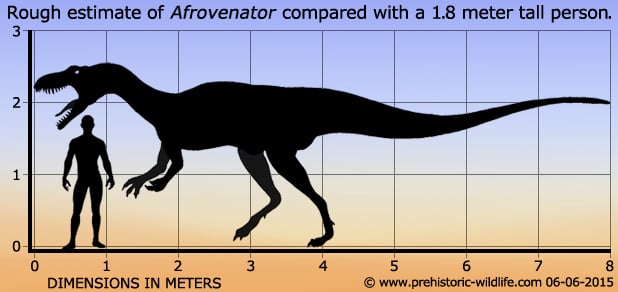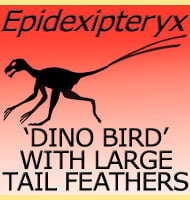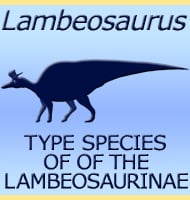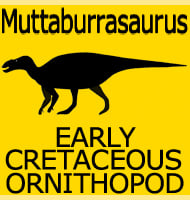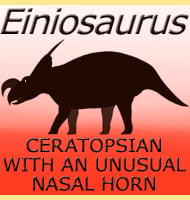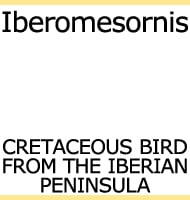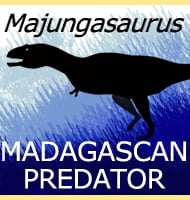In Depth
Afrovenator is one of the most complete theropod dinosaurs so far discovered in Africa, the harsh environmental conditions of which can quickly erode fossils exposed to the elements. Since this time Afrovenator has had a muddled taxonomic history with it being described as a relative of Spinosaurus, Eustreptospondylus, Dubreuillosaurus, Megalosaurus and even Allosaurus. Today Afrovenator is placed within the Megalosauroidea, although the exact placement has varied depending upon the study and author.
There was not a huge variation between different genera’s of large theropods during the late Jurassic, but Afrovenator is noted for having a particularly long humerus which would have given the arms of Afrovenator more reach. Reconstruction shows that Afrovenator was also a lightweight hunter built more for speed.
Another dinosaur from the same formation as Afrovenator is the sauropod Jobaria and while direct evidence is lacking, it’s not impossible that Afrovenator may have hunted these sauropods, particularly smaller juveniles that would have been easier for a predator Afrovenator’s size to handle.
Further Reading
– Early Cretaceous dinosaurs from the Sahara. – Science 266(5183):267-271, – P. C. Sereno, J. A. Wilson, H. C. E. Larsson, D. B. Dutheil & H.-D. Sues – 1994.
